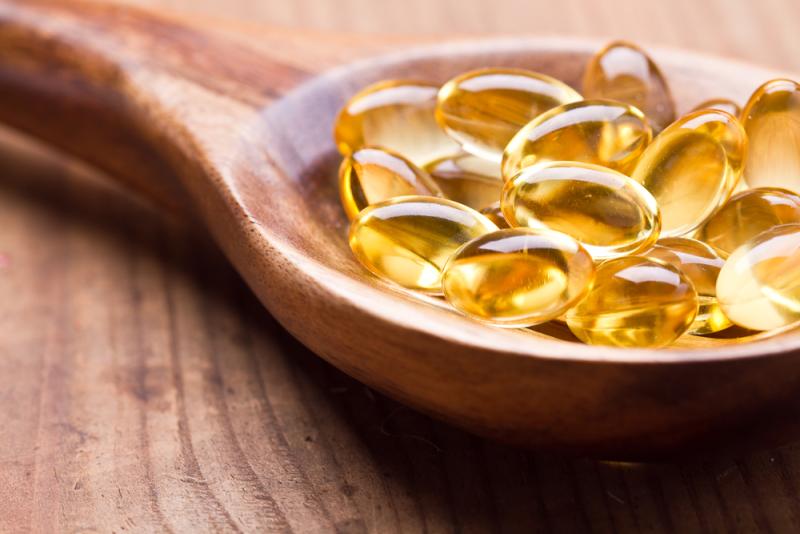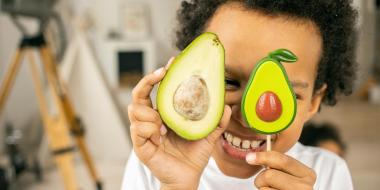If you’re an active person with an active family, you’ve probably seen your share of injuries. Whether you’ve had a sore knee and aching back, or your kiddo rolled an ankle in soccer, you want to get yourself or your family member free of pain and back to normal as fast as possible. Here are a few top, at-home treatments for injuries.
Rest
I know!—BORING—but seriously important. When an injury occurs, the body needs rest to repair itself. Both adequate sleep and resting the impacted body part are important. During sleep, the body produces growth hormone, an integral component of muscle healing and recovery. Practice good sleep hygiene (no screens within 30 minutes of bedtime!) and set an alarm for bedtime as a reminder that it’s time to wind down. Don't overexert the injured part for a few days post-injury and allow your body the time and space it needs to do its optimal healing work.
Hot and cold
There’s a lot of discussion about using hot vs cold compresses for various injuries. The reality is that both heat and cold do the same thing: they alter blood flow to the area where they are applied. For sore knees, hips, or backs, I often recommend alternating hot and cold. Begin with 10 minutes of heat, followed by 5 minutes of cold. Repeat 2-3 times for optimal effect. If you’re working on a bigger area of the body like the lower back, you can also achieve this effect with a hot/cold alternating shower. One minute under hot water, followed by a blast of cold water directed at the sore spot. For sudden injuries like sprains, I recommend only using cold compresses or ice as needed throughout the day. Give the skin at least 5-10 minutes of break time between applications of cold to avoid turning the affected area into a popsicle!
Epsom salts baths
Epsom salts are a type of magnesium preparation. Magnesium is a useful mineral for calming muscle spasms. Though the absorption of magnesium through the skin may not be as potent as internal supplementation, soaking in a warm or hot tub combined with about 2 cups of Epsom salts per standard bath can still help to release muscle tightness (safe for adults & kids alike). This is a great tool when a large area of the body is injured or achy, such as the lower back or thighs. Soaking for about 20 minutes can be very relaxing for the muscles and the mind. Be sure to drink lots of water (minimum 2 cups) during your bath, as you won’t notice that you’re sweating, and dehydration can worsen muscle spasms. Just be sure your child doesn’t drink the bath water (hello diarrhea!).

Building blocks
In order for the body to heal, it’s important to ensure that all the building blocks of muscle, bone, and ligaments are available for the body’s use. And where do we get these building blocks? Food, of course!
Protein
This is one of the most important building blocks for injury repair. If you have an athlete in your family who is getting injured repeatedly, make sure they’re getting at least one source of protein at every meal. The general rule of thumb is that a body needs 0.8 grams of protein per kilogram of body weight. Keep in mind, though, that if you are a very active person or conducting any sort of physical training that this requirement will increase along with the body’s workload.
Healthy fats
Good oils and fats are also important building blocks of healing. Anti-inflammatory fats like omega-3 fatty acids can help restore function, lubricate joints, and heal tissues. You can get healthy fats in your diet by eating fish, flaxseeds and flax oil, and other nuts and seeds. A fish oil or omega-3 supplement can also be useful during physical training and injury healing.
Herbs and supplements
Magnesium
Used as Epsom salts or as an oral supplement, magnesium can help to decrease muscle spasms. Magnesium glycinate is the best oral form to prevent looser stools.
Curcumin
Also known as turmeric, curcumin can be a useful tool to decrease inflammation and pain. Add turmeric to foods or use a capsulated supplement.
Boswellia
A known anti-inflammatory herb especially good for joints.
Bromelain and proteolytic enzymes
Enzymes can be used to decrease inflammation. They’re often more useful when combined with curcumin and other anti-inflammatory herbs.
Castor Oil
When applied to skin or during massage, castor oil can help to decrease pain and inflammation. Increase its efficacy by adding heat.
Arnica
Arnica is an herb with natural anti-inflammatory properties, most notably known for pain relief. Toxic for internal use in its raw state, Arnica used topically in a cream or oil, or diluted to the degree of a homeopathic remedy, is a great injury remedy! Best used immediately following injury, especially one that involves bruising or aching. Apply the cream directly to the affected part a few times every day post-injury. (DO NOT use on broken skin. Stick to the homeopathic remedy if that is the case.) Dissolve the homeopathic pellets under the tongue (or for younger children, dissolve first in water) up to 3 or 4 times per day.
When more is needed
If an injury is still nagging after rest, hot/cold applications, and consumption of adequate proteins and healthy fats, then it’s time to evaluate why. Reasons for frequent or unresolved injuries could include:
- Muscle weakness
- Nutritional deficiency or absorption issue
- Scar tissue that impacts range of motion
- Instability in the joint or the ligaments
There are many different health practitioners who can help manage pain and injuries, so identifying which practitioner to go to for what service may be the first challenge to overcome.
· If the injury is chronic, seeing an athletic therapist (AT) can be helpful to ensure functional movement patterns. An AT will assess your range of motion and prescribe exercises to strengthen weak areas.
· A naturopathic doctor (ND) can provide acupuncture and instrument-assisted soft tissue work like cupping or fascial work. In some jurisdictions, NDs are also licensed to perform injection therapies like prolotherapy or platelet rich plasma injections.
· A physiotherapist can provide many treatment modalities including Graston, acupuncture, ultrasound, laser therapy and more.
Take care of injuries right away and seek help if they’re very painful or don’t show signs of improvement within a few days. Finding the right practitioner to get you back on your feet can speed up the healing process. Most of these therapies are safe and relevant for all members of the family, and nobody is too small to get hands-on healing help!






